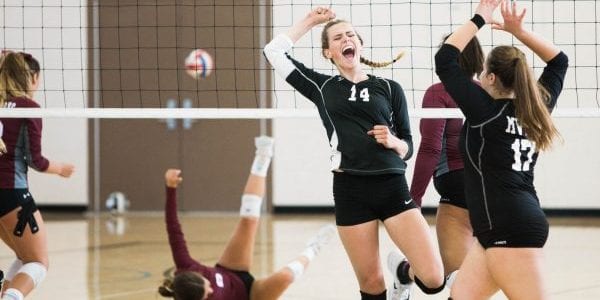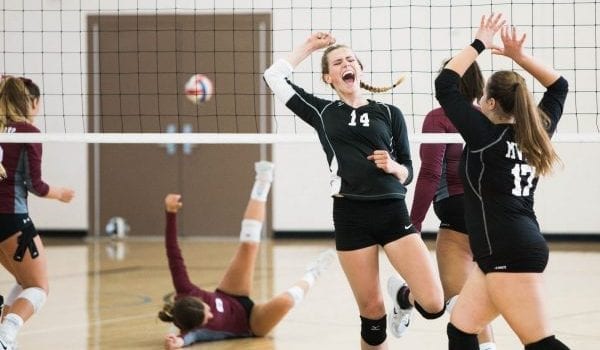


A look at the most common volleyball-related injuries and how to practice prevention.
Volleyball is one of the most popular girls sports with school and club programs located across the country. Each year more than 460,000 high school students participate in interscholastic volleyball. According to a 2012 survey by the National Federation of State High School Associations, volleyball is the third-highest sport for female participation at the high school level behind basketball and outdoor track and field.
With the increased popularity of volleyball over the past two decades, the number of volleyball-related injuries has risen. Volleyball (court and beach) is considered one of the safest sports. However players remain at risk for both acute and overuse injuries.
_______________________________
CONNECT WITH US:
Follow SportStars on Twitter & Instagram | Like us on Facebook | Subscribe!
_______________________________
Common Injuries in Volleyball
Ankle injuries are the most common acute injury. They account for 30 percent of volleyball injuries. Ankle sprains usually occur at the net when a players lands on the foot of an opponent or a teammate after blocking or attacking the ball. Players are at greatest risk for injury within the first year following their initial injury.
Knee tendonitis is the most common overuse injury. Tendonitis is inflammation of the tendon that connects the kneecap to the shinbone. Pain is usually located in this area. Knee pain can occur secondary to repetitive poor passing position and/or repetitive forceful jumping (hitting and blocking).
A rotator cuff injury is an overuse injury of the stabilizing muscles of the shoulder. These muscles can get irritated or fatigued with overuse. In some cases, the muscle or tendon can tear. The rotator cuff muscles are important for generating power and force while serving and hitting the ball.
How can injury be prevented?
Wear shoes that provide strong ankle and arch support with good shock absorption.
Use proper strength training techniques for the lower back, shoulders, and legs. Specifically strengthen your rotator cuff, hip abductor, gluteus maximum and abdominal muscles.
Use an external ankle support (ankle brace or tape) to prevent the ankle from rolling over. This is especially important if there has been a prior ankle injury.
Also, warm-up your muscles with aerobic exercise (jog, bike or walk) followed by dynamic warm-up stretching.
For proper landing techniques while jumping, land with your hips back. Also land with knees bent (not past your toes) and knees apart (kneecaps facing your third toe). Furthermore, never land with your knees facing inwards, straight knees or knees past your toes. These positions place an increased amount of stress on the front of your knees.
In addition, if your pain progresses, see your physician.
Caitlin R. Mouille is a physical therapist for UCSF Benioff Children’s Hospital Oakland.









No comments so far.
Be first to leave comment below.